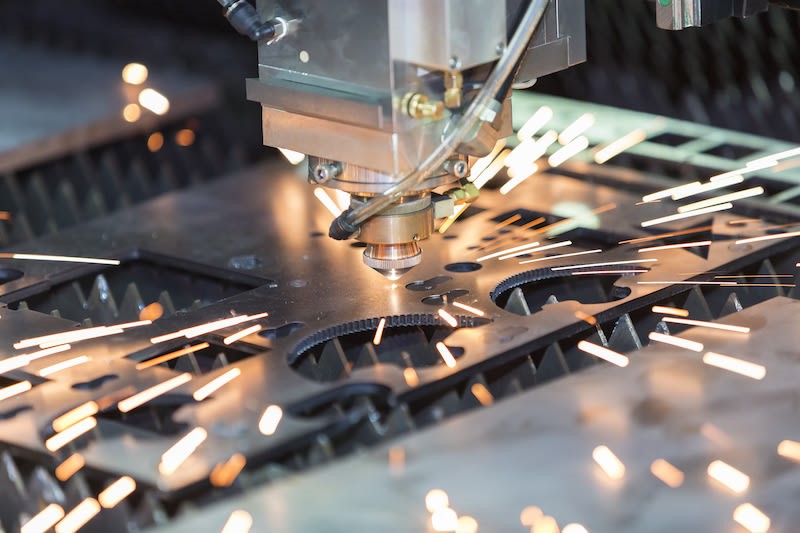The process to turn flat metal sheets into metal products and structures are known as sheet metal fabrication. Through this process, the experts transform different types of sheet metals into parts and components. Therefore, the fabrication process is referred to as a collection of forming techniques and not as a single manufacturing process.

Typically, sheet metal fabrication techniques include cutting, bending, punching, stamping, welding and finishing. Experts choose techniques based on the types of products to be made.
For sheet metal fabrication, one thing that matters the most is the material. If you select the wrong material, fabrication will not be done right.
In this post, we will discuss the materials you can choose for sheet metal fabrication.
Stainless Steel
One of the common materials for sheet metal fabrication is stainless steel. You will find different grades of stainless steel with at least 10.5% chromium. Commercially, the different grades have a familiar appearance and offer corrosion resistance.
Stainless steel is a good combination of strength and hardness, suitable for a variety of processing techniques, weldable and suitable for soldering, very machinable, recyclable, available in a variety of widths, thicknesses, and hardness levels, and can be used for hot or cold treatments.
Aluminum
A pure metal that can easily be alloyed with small amounts of other materials, such as copper, manganese, silicon, or magnesium, is referred to as aluminum. Often, aluminum is used because of its weight, which is about ⅓ of other materials like iron, steel, copper, and brass. It is also available in several grades.
Aluminum is corrosion resistant, easy to form, non-combustible and reflective, non-toxic, and offers a maintenance-free finish, great heat conductivity, good formability, workability, weldability, and machine-ability.
Brass
Brass is not as common as stainless steel and aluminum for sheet metal fabrication, but it’s widely used in making products in different industries. Considered an alloy, brass is made up of copper and zinc. The only thing is that the proportion of copper and zinc depends on the mechanical and electrical properties to be achieved.
Brass is popular for sheet metal fabrication because of its easy formability and it retains high levels of strength after being formed.
Copper
Copper is very similar to brass. So, it is also not commonly used for sheet metal fabrication. Found within the earth's crust, copper is removed in the form of ores that contain both copper and iron sulfites.
Copper is popularly used due to its malleability, ductility, corrosion resistance, thermal and electrical conductivity, and natural antimicrobial property.
What should you consider before selecting a material for sheet metal fabrication?
In the last section, you got to know about the material options for sheet metal fabrication. Now, we will discuss the parameters to select one of them. They are:
- Various external forces on the metal sheet parts
- Weight constraint
- Corrosion resistant requirements
- Assembly process
- Availability of the material
Material selection matters for sheet metal fabrication. If you are still doubtful, discuss with UIDEA in China for sheet metal fabrication material selection and processing.
















